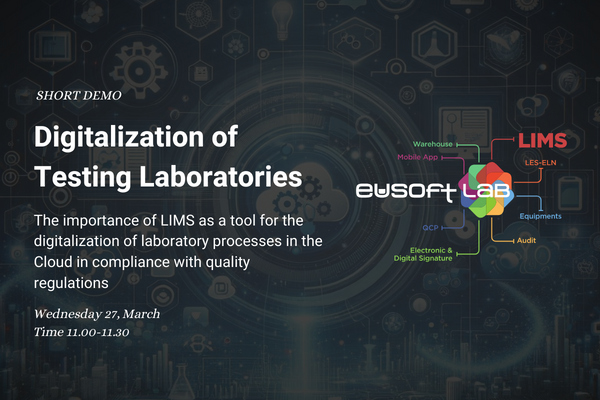As IT budgets continue to be limited and technology continues to get more complex, disruptive market forces bring-in a digital transformation. This requires organizations globally to look for new ways to improve quality and speed and lower cost. Agile, faster delivery cycles, and newer, more complex technologies as a result of disruptive forces are changing how we test.
As the volume of data is increasing, so is the number of disparate data sources that feed into data warehouses and business intelligence solutions. End to end IT automation has become a linchpin in that automates the integration and movement of data between these disparate sources to improve data quality and reporting and hence brings need of extreme test automation going beyond just ‘functional automation’ and encompassing all aspects during development cycle and thereby minimize manual testing process to the extent possible.
To drive change that is more effective in the long run, QA managers think beyond tester performance, test coverage, or per-project quality levels. They have evolved to understand what role quality plays from a business perspective and negotiate for business input into defining quality strategies for future test design and execution.
We have identified some key components for re-organizing testing to prepare as a digital QA enterprise:
Manual to Robotize- end to end automation
Internet of things will offer advanced connectivity of devices, systems, and services that go beyond machine-to-machine communications (M2M) and covers a variety of protocols, domains, and applications. The interconnection of these embedded devices (including smart objects), is expected to usher in automation in nearly all fields, while also enabling advanced applications like a Smart Grid. The plethora of new application areas for Internet connected devices would expand into automation and finally end to end automation and Manual to Robotize concepts will come live in testing spaces.
Pay per use pricing models
The new set of pricing models will comprise a very pivotal component in the digital testing enterprises. While organizations move away from conventional testing model containing complex procedures (as any replication or application changes needs to be administered from beginning to end); there is a strong progression to the cloud model which offers a simplified solution to manage any issues around variability since the servers, connectors and their applications can be hosted on it.
Depending on the enterprise requirements, testing vendors become prepared to price the services based on the amount of infrastructure utilized which can be increased or decreased to manage the existing load. Thus, the pay per use pricing model gains higher importance than ever before.
Future ready testing organizations to carve out budgets to invest in niche capabilities
One key component would include upfront investments by testing organizations on relevant domain expertise, infrastructure including test labs, and testing tools & techniques. The organizations lagging here would have challenges to catch up with increasing customer requirements and technological ecosystems.
CapEX to OpEX shift
Organizations have more options because they can afford the latest and greatest technology without having to find a large bucket of funds upfront to pay for it. Instead, they can focus on their core competencies and transition many of their Capital Expeditures (CapEx) investments to Operating Expenses (OpEx) spending, freeing up cash for those investments and other projects that drive revenue and growth. And this trend seems to be picking even while making testing decisions for organizations.




